Clouds, Part 1
This post concerns clouds. More accurately, it concerns images of clouds.
The images will speak for themselves, but some introductory chit-chat is unavoidable.
Science has much to say about clouds. Thus, NOAA says, “Clouds are the visible aggregate of minute particles of water and/or ice that form when water vapor condenses in the atmosphere.”“ Wikipedia says: “In meteorology, a cloud is an aerosol consisting of a visible mass of miniature liquid droplets, frozen crystals, or other particles suspended in the atmosphere of a planetary body or similar space.” The New Shorter Oxford English Dictionary at 423 defines “cloud” as “([a] mass of) visible condensed water vapour suspended in the atmosphere high over the general level of the ground . . . .”
Literature has long used clouds for dramatic and thematic purposes, and to define or illuminate or differentiate characters. The Atlantic, before pivoting to discuss “the cloud,” said in 2011, “[i]n plays, poems, songs, and novels, clouds stand in for everything from bad philosophy to the many incarnations of a soul . . . .”
My purpose here is much narrower: simply sharing some cloud photographs to entertain and maybe awe and inspire. A fundamental property of clouds, their visibility, is critical to this purpose. My purpose is image, not word, driven.
Many thousands of my images depict clouds. Many thousands do so intentionally and not simply incidentally (not merely photos of a sunset or boat or bird that coincidentally happen to include some clouds). I have taken so many cloud photos because clouds are intriguing to me. Their shapes are countlessly varied. Through children’s or squinted eyes they can seem to resemble horses or alligators or ducks. They can be delicate or powerful and awe inspiring. They can be so fascinating that looking up through a camera viewfinder while trying to photograph a cloud mass high overhead presents a risk of falling over backward. They can be light modifiers, altering the light of the sun and the moon, and can cause dramatic contrasts in luminosity, value, and hue. They can range from pure, innocent white to threatening, malign black. They permit or contribute to elaborate light shows and colorful displays. As figures on the atmospheric stage, they enter, interact, exit.
The following images were not taken or selected in an attempt to catalogue all cloud varieties. Photography, the art most susceptible to fortuity, only allows images of what is seen, what is there, what presents itself. Absent fabrication, photographs can depict only what is present. These images therefore depict only the cloud varieties that deigned to appear for me, not those that didn’t. I did pick these in part for dramatic and compositional variety. A few have been converted to monotone.
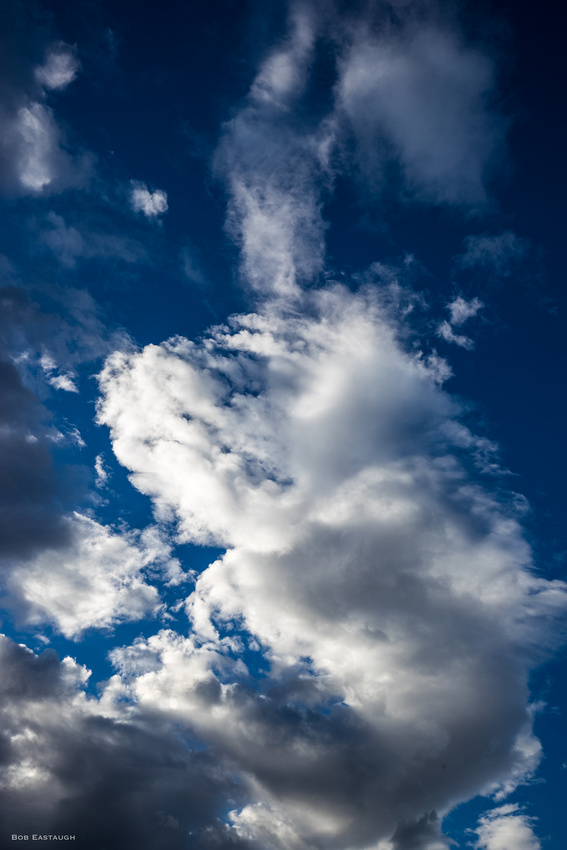 A92I2025
A92I2025
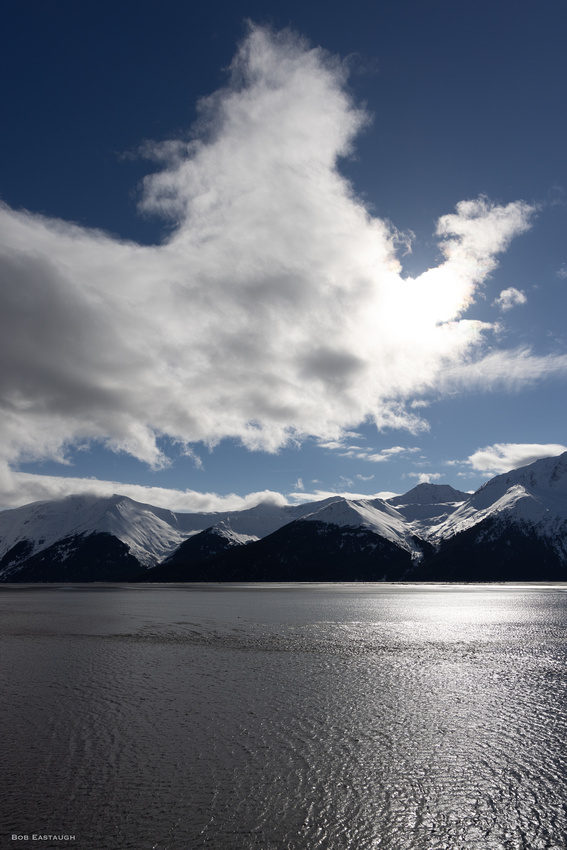 131A9668
131A9668
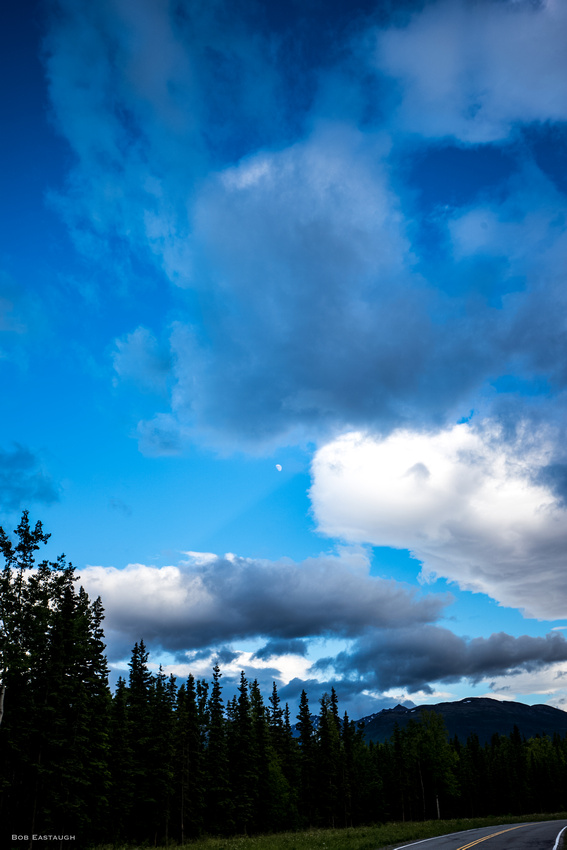 A92I1840
A92I1840
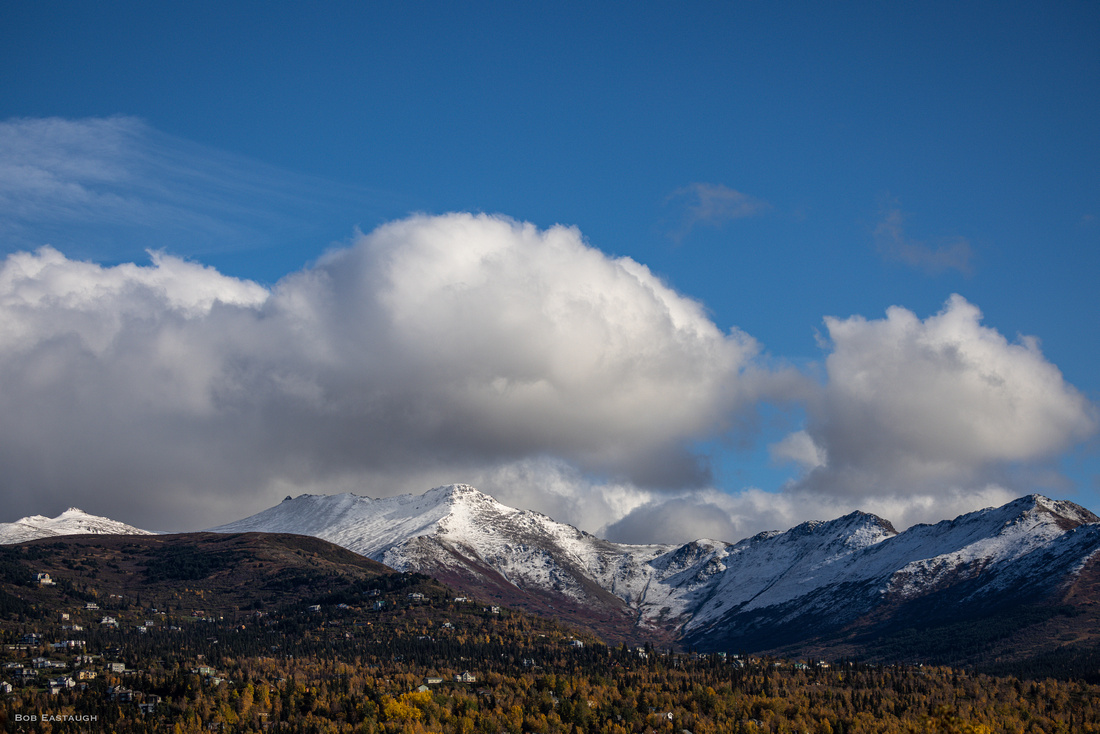 131A9848
131A9848
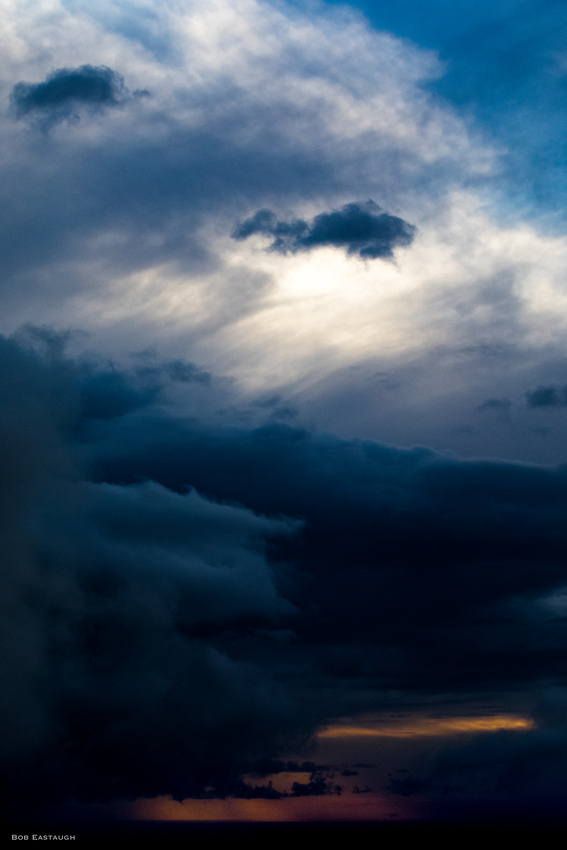 EF4A1617
EF4A1617
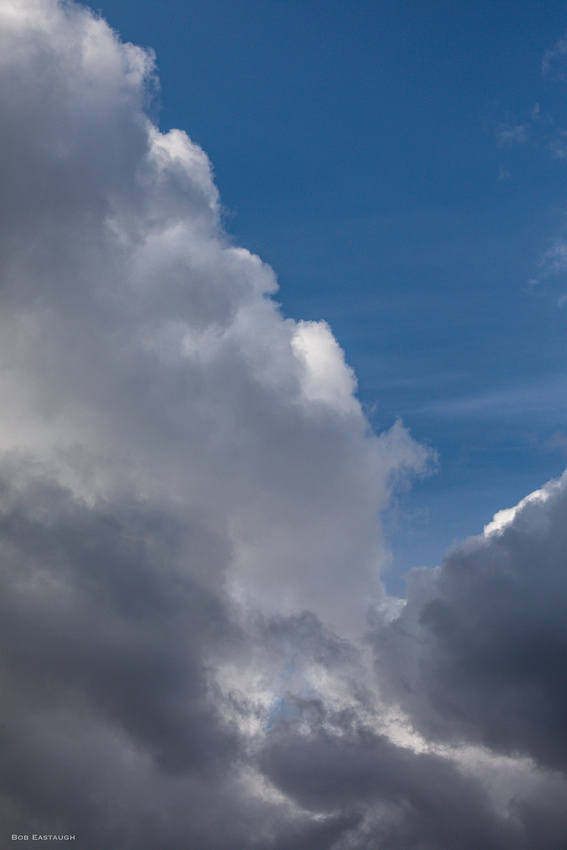 EF4A1197
EF4A1197
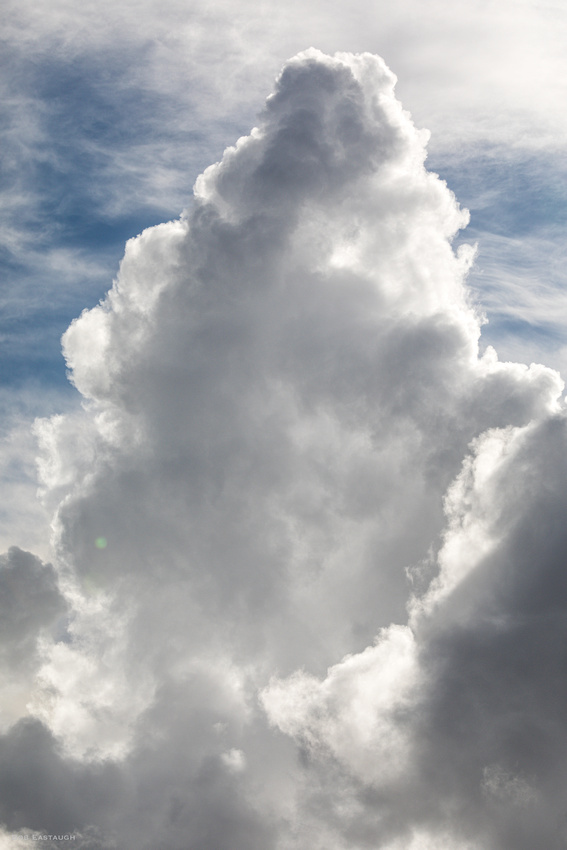 EF4A4308
EF4A4308
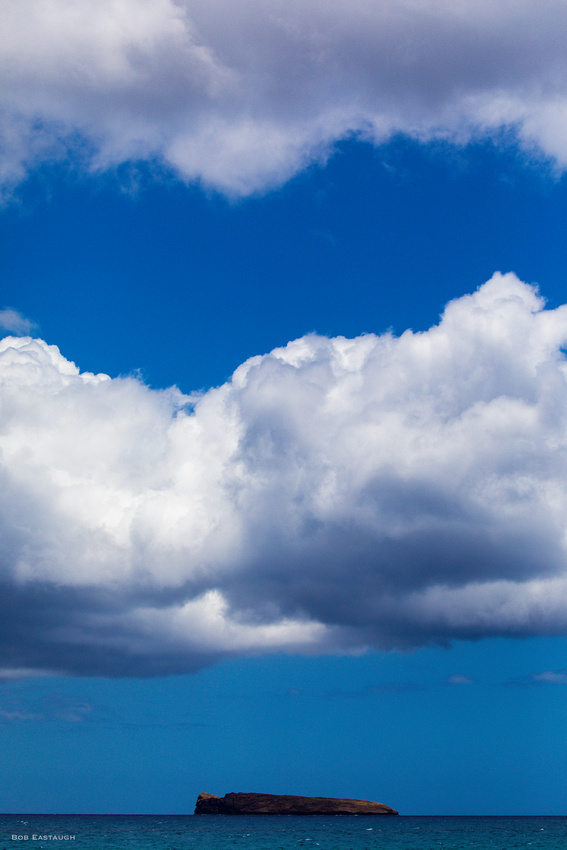 EF4A8492
EF4A8492
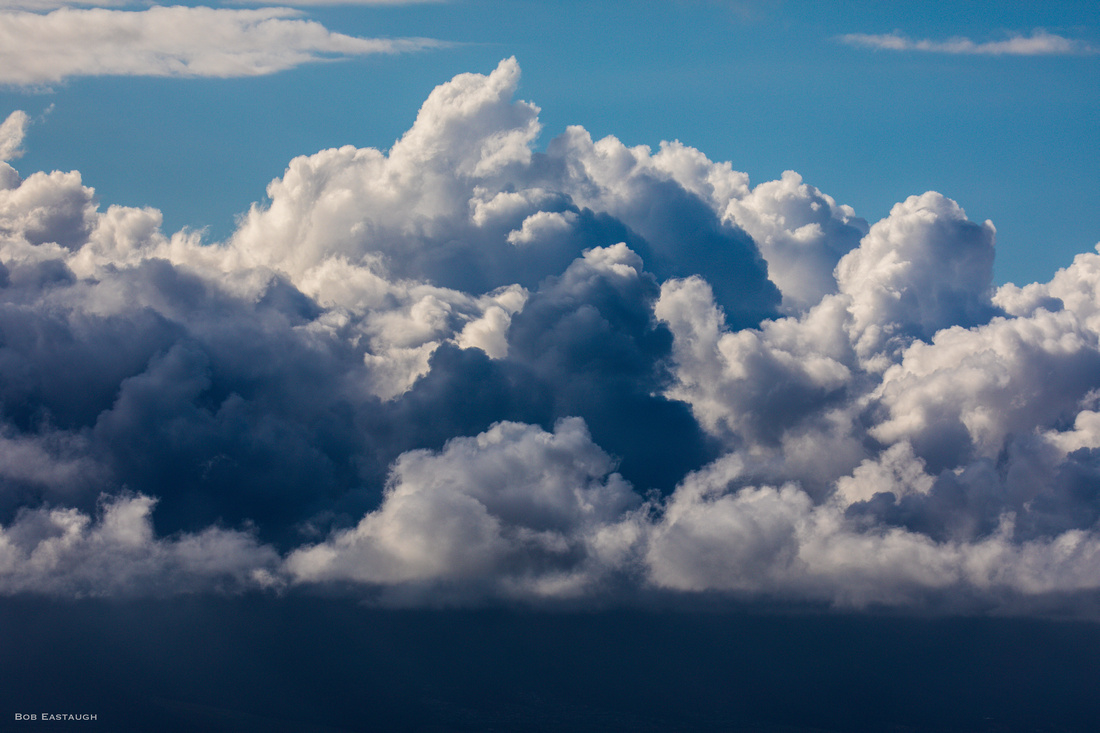 EF4A6139
EF4A6139
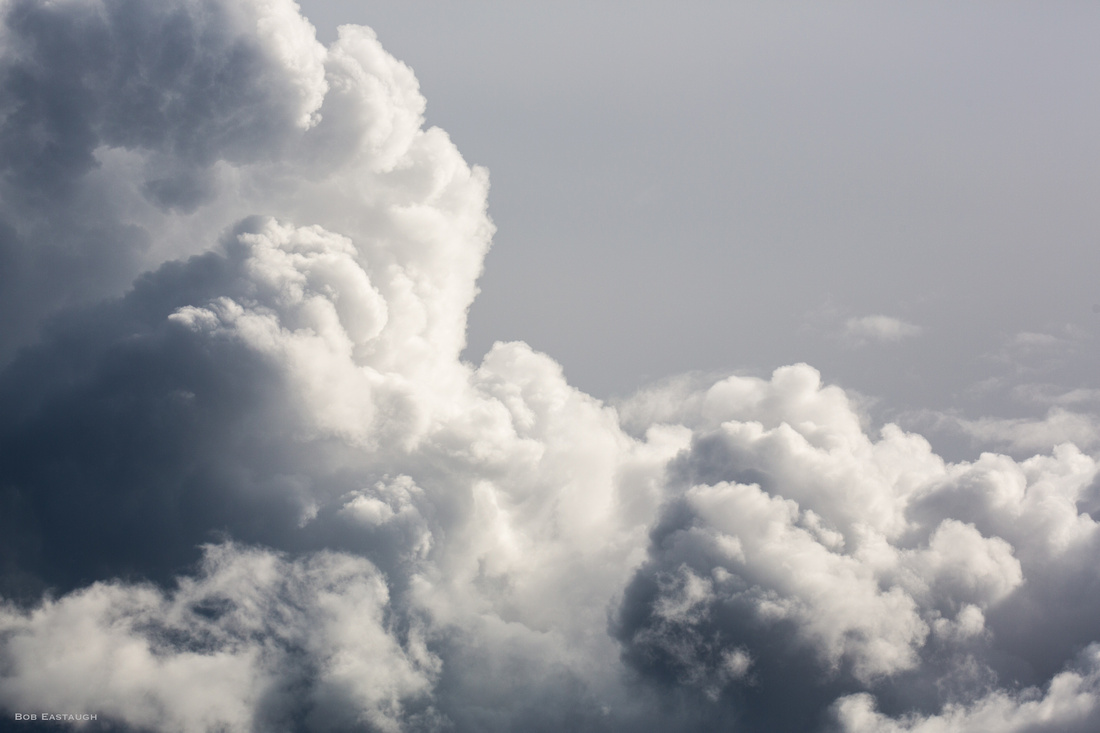 K03C0155
K03C0155
 untitled-1538
untitled-1538
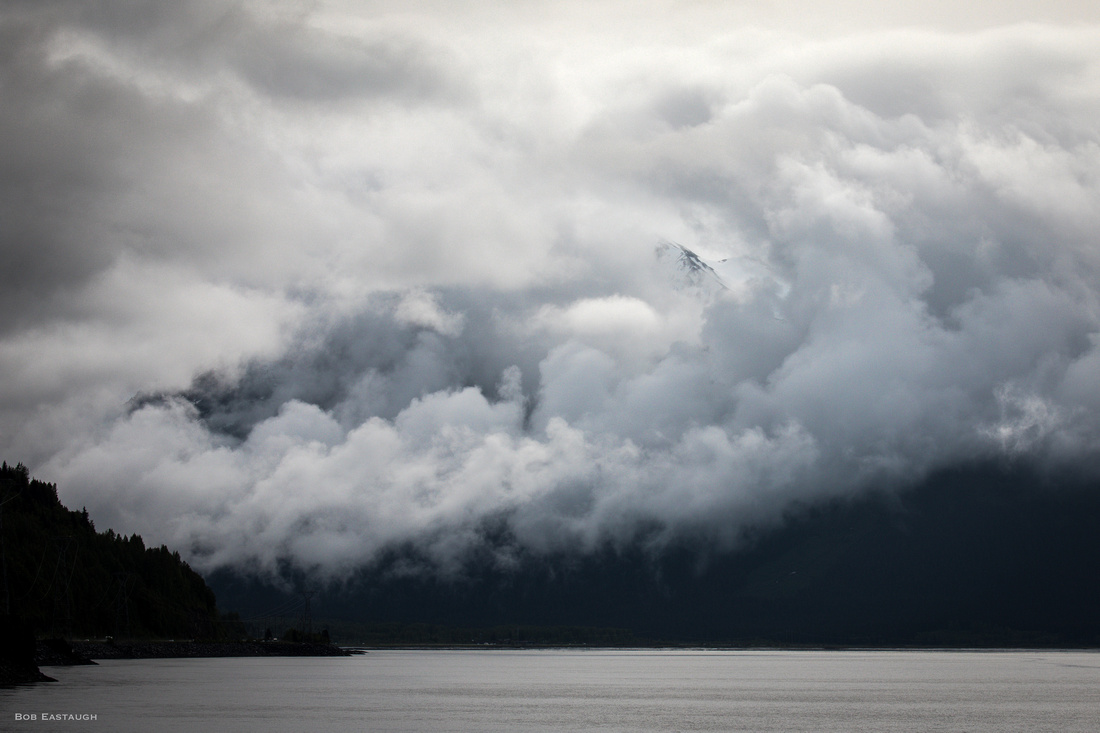 EF4A9589
EF4A9589
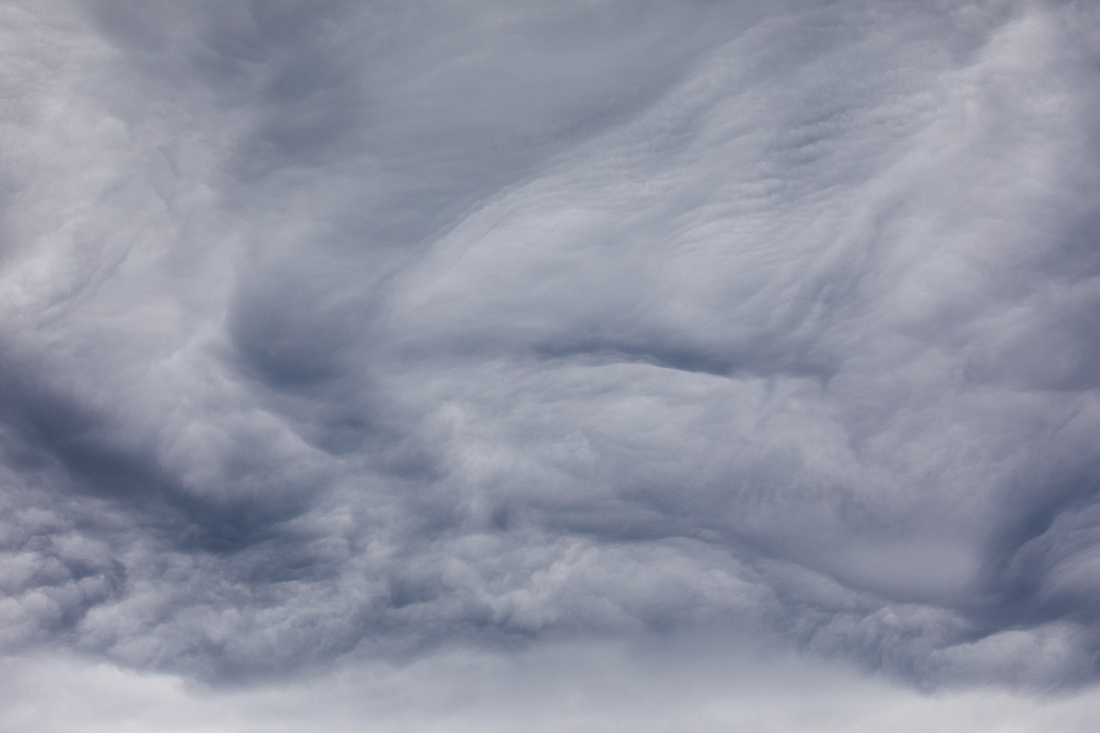 EF4A9665
EF4A9665
Comments
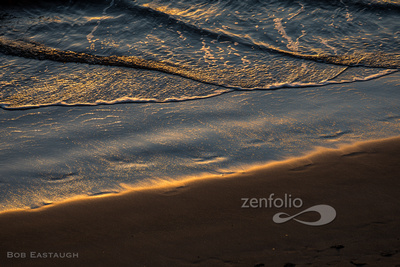

After a lifetime of mainly expressing myself with words, my postings here will mainly rely on images. They will speak for themselves to some extent, but I'll usually add a few comments of explanation. I've taken photographs for decades, since the 1950's, inspired in part by my father's photographic skill. Four years of photo assignments and quality darkroom time eventually gave way to decades of casual and family picture-taking. I re-immersed myself when I left film and turned to digital.